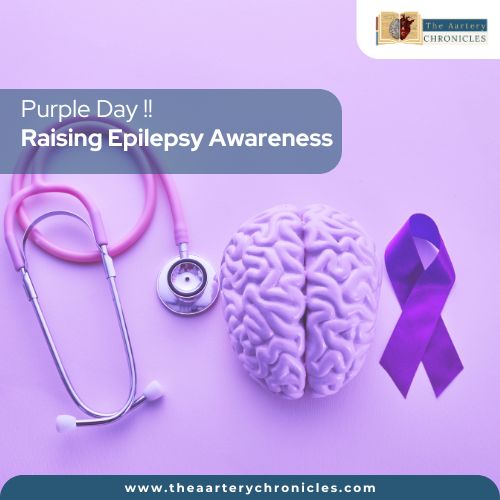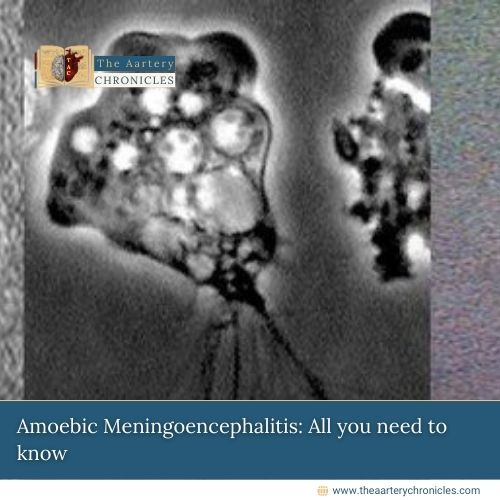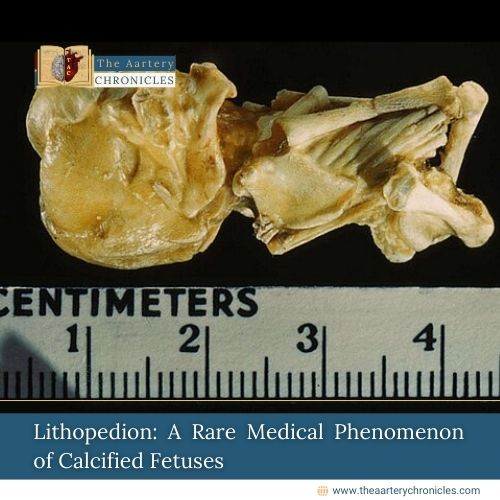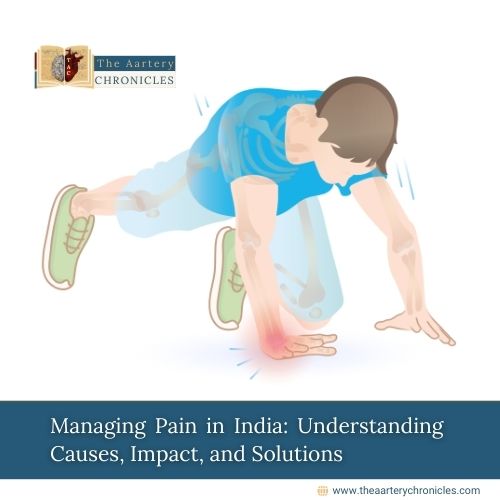
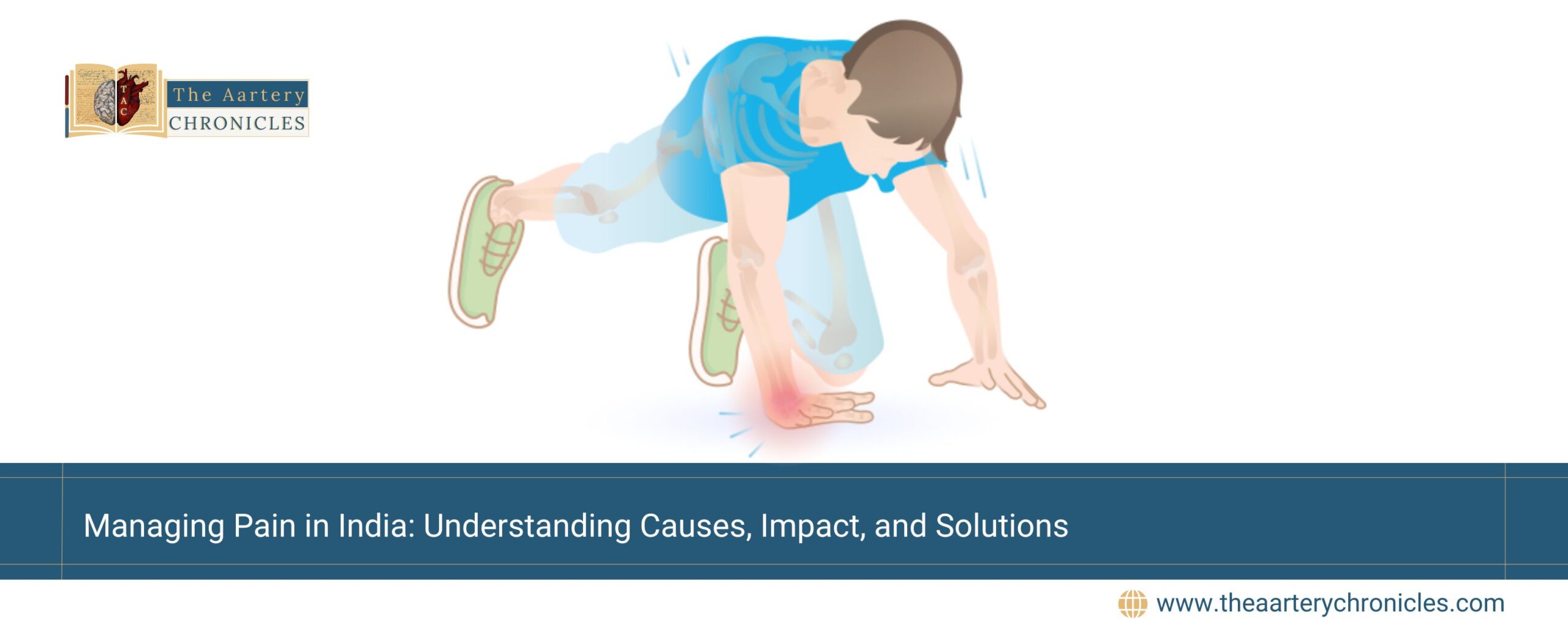
Managing Pain in India: Causes, Impact and Challenges
Introduction - Understanding Pain and Its Impact
According to the International Association for the Study of Pain (IASP), pain is described as an unpleasant sensory and emotional sensation linked to actual or potential tissue damage, or described concerning such harm. Pain may manifest as acute, chronic, intermittent, or a blend of these sensations, and is frequently cited as the primary reason for medical consultations.
Types Of Pain
Pain is usually classified according to its duration, cause, and anatomical location.
- Acute pain results from a current illness or injury, typically lasting for hours, days, or months, until the underlying condition or injury has healed.
- Chronic pain lasts for over 3-6 months. It results from a complex biological, psychological, and social interplay. It is classified into 8 different categories according to ICD-11 which include
- Chronic primary pain
- Chronic pain related to cancer
- Chronic pain following surgery or trauma
- Chronic musculoskeletal pain
- Chronic visceral pain
- Chronic neuropathic pain
- Chronic headache or orofacial
- Chronic pain of unspecified origin
Impact of Pain on Life and Society
Pain can significantly impact anyone’s life dealing with activity limitations, decreased work productivity, diminished quality of life, and societal stigma. Therefore healthcare providers (HCPs) must receive comprehensive training, education, support, and resources. This equips them to deliver compassionate and adequate care to patients.
Importance Of Pain Management In India
Burden of Chronic Diseases and Pain
India faces a significant burden of chronic diseases and related injuries, which are the primary causes of disability and pain. Over the past decade, the country has seen a notable increase in its elderly population, leading to a growing demand for sufficient pain management services.
Contributors to Unmet Pain Management Needs
Several factors contribute to the unmet needs of people in India regarding pain management, including:
- Inadequate healthcare facilities in certain areas
- Poverty
- Insufficient healthcare expenditure
- Lack of awareness
Issues with Awareness and Prescribing Practices
The lack of awareness leads to the widespread practice of prescribing inappropriate combinations of multiple drugs.
- Nonsteroidal anti-inflammatory drugs (NSAIDs) rank as the second most frequently prescribed medications in the country.
- Excessive polypharmacy significantly affects the effectiveness and tolerability of pain relief.
Misunderstandings and Suboptimal Pain Treatment
There are numerous misunderstandings surrounding the use of painkillers, including concerns about adverse effects associated with opioids or surgical pain management. These misconceptions lead to less-than-optimal pain treatment.
Comprehensive Pain Management Strategies
To achieve effective pain management, healthcare providers must consider both pharmacological and non-pharmacological treatments. Furthermore, health systems, insurers, and government agencies should ensure that a comprehensive array of evidence-based treatments is accessible to patients and their healthcare providers.
Goals Of Chronic Pain Treatment
Ultimately, the objective or the goals of treatment planned out for chronic pain are:-
- Improvement in nociception (the sensory process by which pain signals are transmitted from the site of injury or damage to the central nervous system), and not curing
- Decrease pain and suffering
- Increase daily activity
- Instil hope
Effective Pain Management
Comprehensive Patient Assessment
Effective pain management begins with a detailed history taking of the patient. A thorough assessment of the patient’s profile, medical history, and concurrent health conditions is crucial for accurately diagnosing pain. This process should include:
- Assessing pain severity
- Conducting physical and sensory examinations
- Evaluating motor function
- Assessing cognitive and functional status
It is essential to utilize appropriate pain assessment tools to:
- Diagnose the condition
- Design treatment plans
- Monitor therapy outcomes
- Predict the impact of pain on a patient’s functional outcomes
When selecting an assessment tool, consider its sensitivity and specificity, practicality or utility, the purpose of the assessment, the patient’s age, and the severity of their symptoms.
Sensory Examination
The sensory examination includes tests such as light touch, vibration, pinprick, and temperature. Quantitative Sensory Testing (QST) is valuable in identifying different types of neuropathic pain and diagnosing various musculoskeletal conditions.
Motor Examination
Motor examinations are essential in diagnosing musculoskeletal pain. Exercises like flexion or extension of the affected region help determine the pain’s localisation and intensity.
Diagnostic Imaging
- X-rays: Commonly used to check the anatomical structure for lower back pain, neck pain, joint pain, or pain related to internal organs.
- CT Scans and MRI Scans are utilised to visualize affected areas if X-rays are not suitable or do not provide enough evidence for a diagnosis.
Understanding the Patient with Pain
Screening for Concurrent Health Conditions
Concurrent health conditions can significantly impact how pain is perceived and influence treatment outcomes. It is essential to screen patients for potential physical ailments, such as liver, gastrointestinal, and renal issues, as well as for psychiatric comorbidities like depression, anxiety, and other psychological disorders before starting treatment.
Key Inquiries for Assessment
Consider the following questions to gain a comprehensive understanding of the patient’s pain and overall health status:
- What is the intensity of the pain?
- Does the pain lead to disability or affect functionality?
- Are there any accompanying health conditions?
- Is there impairment in psychosocial functioning?
- Is opioid treatment necessary?
A thorough understanding of these factors is crucial for developing an effective pain management plan tailored to each patient’s individual needs.
Chronic Pain Management Interventions
1. Pharmacological Approaches
1.1 Non-Opioid Analgesics
- NSAIDs and Acetaminophen (Paracetamol):
- Use: Effective for mild to moderate pain and fever reduction.
- Risks: Long-term use may harm kidneys, increase bleeding risk, and cause gastric ulcers. Maximum of 3,000 mg of acetaminophen per day to avoid liver failure.
- Antidepressants:
- Examples: SNRIs, TCAs.
- Use: Recommended for neuropathic pain, fibromyalgia, and chronic musculoskeletal pain. Also used for psychiatric disorders.
- Risks: Dry mouth, glaucoma contraindications. Dosage limits are crucial.
- Examples: SNRIs, TCAs.
- Antiepileptic Medications:
- Examples: Gabapentin, Pregabalin.
- Use: Effective for nerve pain.
- Risks: Drowsiness, weight gain, abdominal pain.
- Examples: Gabapentin, Pregabalin.
- Local Anaesthetics:
- Example: Lidocaine.
- Use: FDA-approved for postherpetic neuralgia and peripheral neuropathic pain.
- Example: Lidocaine.
1.2 Opioid Analgesics
- Overview: Effective for severe pain but with risks such as addiction, tolerance, and respiratory issues.
- Mechanism of Action: Acts on mu, kappa, delta, and sigma receptors, affecting neurotransmitter release and neuronal firing.
- Risks: Constipation, severe breathing difficulties, drowsiness, nausea.
2. Non-Pharmacological Approaches
Exercise: Standard recommendation for chronic pain management except for headaches.
- Techniques:
- Physical Therapy: Includes exercises and physical modalities.
- Mind-Body Practices: Yoga, tai chi, qigong.
- Psychological Therapies: CBT, biofeedback, relaxation techniques.
- Multidisciplinary Rehabilitation: Functional restoration programs.
- Mindfulness Techniques: Meditation, mindfulness-based stress reduction.
- Musculoskeletal Manipulation: Chiropractic, osteopathic manipulation.
- Physical Modalities: TENS, ultrasound, low-level laser therapy, heat/cold therapy.
- Acupuncture: Used for pain relief.
Conclusion
Effective pain management in India is crucial for improving the quality of life for those suffering from chronic conditions. The growing burden of chronic diseases, coupled with inadequate healthcare infrastructure and a lack of awareness, presents significant challenges. By understanding the types of pain, their impacts, and the comprehensive strategies needed for management, healthcare providers can better address these issues.
It is essential for health systems, insurers, and government agencies to ensure that evidence-based treatments are accessible to patients. Additionally, enhancing awareness among healthcare professionals and the public about appropriate pain management practices can lead to more effective treatment and improved patient outcomes. Addressing these needs benefits individuals and strengthens the overall healthcare system in India.
Effective pain management requires a multidisciplinary approach, including patient education, monitoring for side effects, and addressing potential drug misuse. Collaboration among healthcare providers ensures comprehensive care, maximises benefits and minimises risks.




